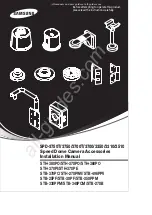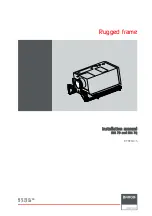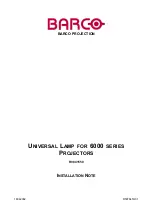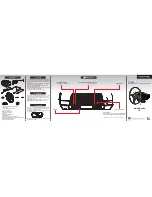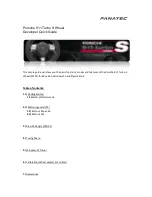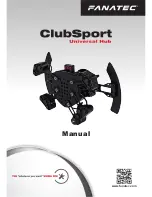
SKU 92687
For technical questions, please call 1-800-444-3353
Page 4
Operation
Excessively low or high oil pressure can indicate needed repair or maintenance on
your engine.
Refer to your vehicle owner’s manual for recommended pressures. See
the pressure charts on pages 5-10, also.
WARNING: If you are not experienced in doing this type of diagnostic test, the
work should be done by a qualified technician.
Install/remove the oil pressure tester only while the engine is
stopped and the oil is cool.
1.
Before beginning work, the vehicle's tires must be securely blocked, the parking
brake must be set, and the transmission must be in neutral.
2.
NOTE: The oil pressure/temperature sensor is usually located on or near the oil
pan at the lower part of the engine. See your owner’s manual or shop manual
(not included) for specific information about your vehicle. Clean the area around
the oil pressure/temperature sensor using compressed air. It is important to
prevent foreign materials from getting into the oil system once the sensor is
removed. Place a pan under the sensor to catch any oil that might run out.
3.
Remove the oil pressure/temperature sensor, and thread the Gauge fitting or
one of the Adapter fittings into the opening. NOTE: Be prepared to immediately
fit the gauge or adapter fittings into the opening left after the sensor is removed
to reduce oil loss. Tighten the gauge fitting in securely.
4.
Check the oil level and refill it to the full mark. When the tester is fully installed
and it is safe to do so, start the vehicle’s engine. NOTE: The engine must be at
normal operating temperature, and at the indicated engine speed (RPM) to develop
correct readings. You may need a special device or assistant to maintain the
engine RPM at the desired setting while taking a reading.
WARNING: Wear appropriate work clothes, heavy work gloves and ANSI approved
eye protection when working on a hot engine. Keep hands away from the fan and
other moving parts, and protect yourself from electrical shock or burns. Be aware that
working on an automotive or truck engine is inherently dangerous, and suitable pre-
cautions must be taken.
5.
Find your vehicle in the attached charts, and set the engine speed at the indicated
RPM. Note the reading on the Oil Pressure Tester, and compare to the expected
reading on the chart.
6.
Turn off the engine and let cool. Remove the Oil Pressure Tester.
7.
Replace the oil pressure/temperature sensor. Tighten securely. Replace any lost oil,
and dispose of spilled oil properly. Check your local environmental regulations for proper
disposal.
Maintenance
Keep this tool clean and free from dirt, grease or grit. Store it in its case when not in
use. Periodically check the threads for damage. Wipe any grease, oil or dirt from the
gauge before storing.











